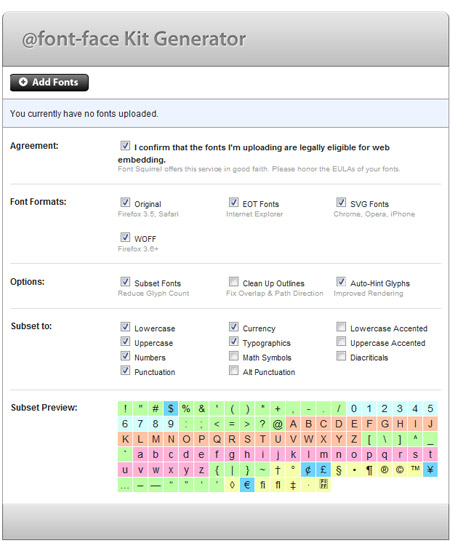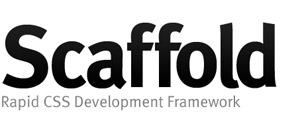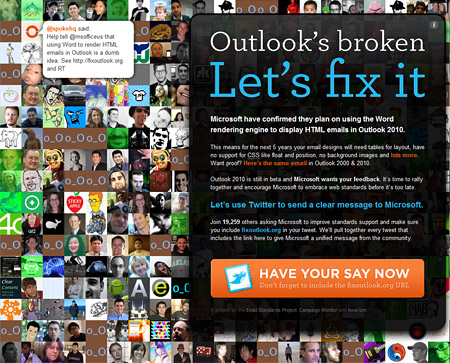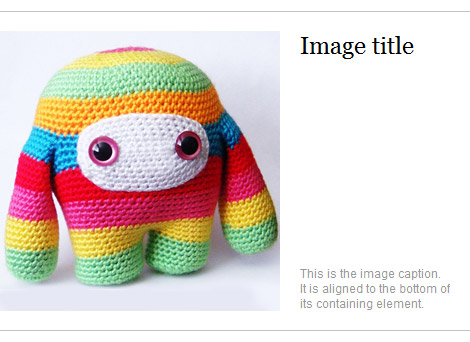Subversion for web development: Part 1
In this three part series of articles I will explain my approach to using Subversion, the open-source version control software, for web development.
For a long time I steered clear of version control, dismissing it as too complex, or something that was only useful for large development teams. I took Subversion for a test drive, but didn’t really “get it”, and decided version control wasn’t for me.
I changed my tune earlier this year when I was employed to work on a project that was already under version control. I had no choice but to get up to speed with Subversion, and once I got the hang of it I was excited to discover that version control streamlined my entire workflow. I now use Subversion for all of my web projects and consider it an integral part of my development process.




